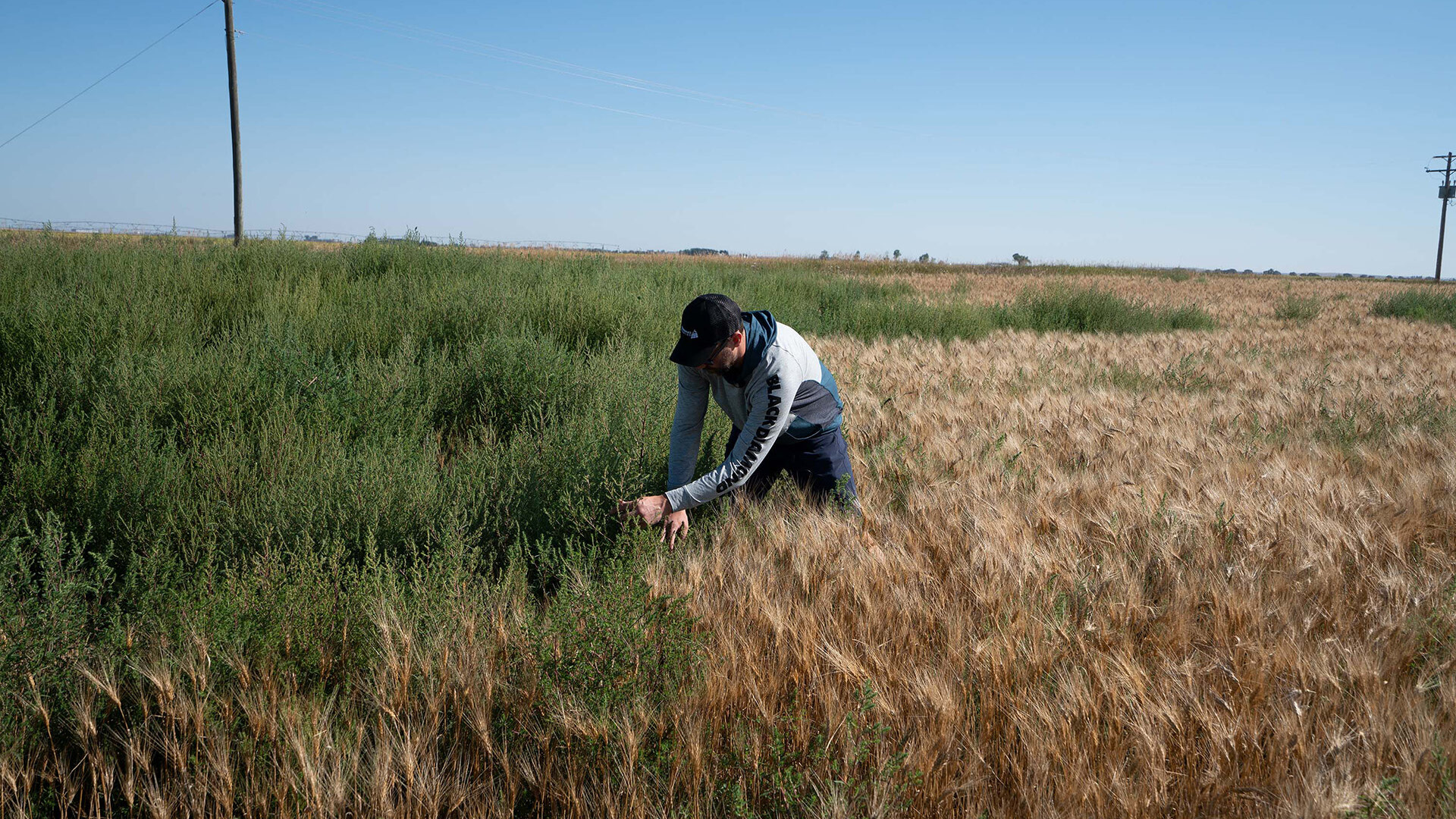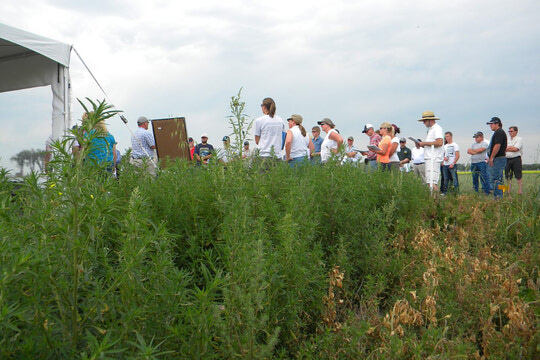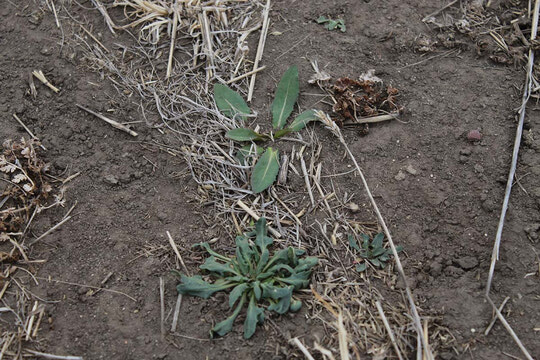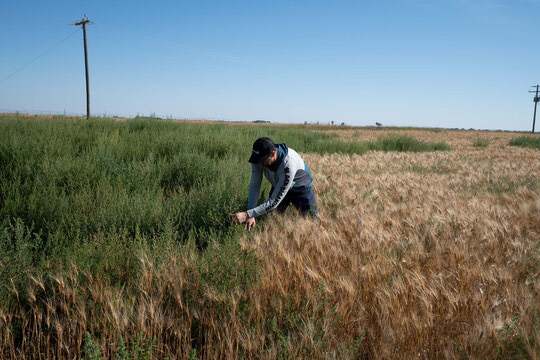Background
Glyphosate resistance in kochia populations is a growing problem, with over 50% of strains carrying resistance. This study looks at site-specific patch management in an effort to reduce and/or control local populations.
Focusing on the farm-level allows for a targeted approach that takes into consideration the specific qualities of each site such as soil texture, salinity, etc. In addition to site specific management, this study has the aim to use practices that are both economically viable for the farmer, and environmentally sustainable and ideal.
Three research fields with significant kochia patches have been identified. Maps of crop yield, drone imagery, soil conductivity have been collected for each field. These data layers are used to determine where kochia patches are located, which is then verified with ground-truth data collection. Site-specific management strategies are then deployed to manage kochia patches using effective herbicides only where they are required.
|
Project Details
|
| Timeline |
2019-2023 |
| Principal Investigator: |
Ken Coles
Farming Smarter |
| Project Contact: |
Lewis Baarda |
| Funded By: |
CAP (75%), Farming Smarter (25%), FMC
|
|




